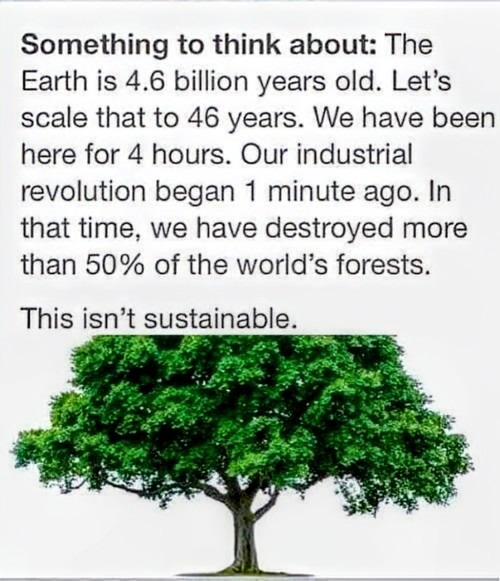What is the price to pay for sustainability?
Eugenia Anastassiou
12/2/20212 min read
What is the price to pay for sustainability took on many twists and turns on Clubhouse yesterday – practical, philosophical and polemic.
Setting the scene was the definition between sustainability and regeneration, an important point of differentiation. Since sustainable comes from the word ‘sustain’ which means that the current state we are in is worth holding on to and looking around at the destruction, plundering and exploitation of both our planet and by extension humanity, is this status quo worth sustaining?
However moving forward sustainability will simply not be adequate in tackling environmental challenges and we must take a more proactive approach in aiming for regeneration – by restoring the environment to a healthier state “integrating the needs of society with the integrity of nature”. Our goals should be to continually improve conditions around us by using sustainability as the foundation for regenerative programs.
One practical suggestion was better use of renewable energy by using localised environmental conditions. For example, the world’s deserts could be utilised in better ways to harvest solar power. Research has shown that the Sahara could be transformed into a giant solar farm, capable of meeting four times current global energy demands.
However most of our panelists and speakers agreed that the changes needed to be made had to be systemic – our mindsets have to shift from rampant consumerism to becoming more mindful citizens and contributors. We need new systems and structures that support sustainability with regeneration, which are both holistic in approach and transparent in manner.
As mindful citizens we should also ask ourselves the difficult questions – what do we really need? Is it really necessary? 95% of how we live today is not sustainable and we cannot go on at this demanding and destructive level. One school of thought is more optimistic, that by seriously working towards regenerative economic goals and by deploying a circular economy approach, we could live in an acceptable, yet simpler manner while also regenerating the planet.
There is a caveat in the notion that even in progressive and environmentally aware countries like Sweden, which is managing to preserve economic growth, whilst cutting back on GHG emissions and is on the path towards its target of net zero emissions by 2045, will see a predicted increase of its winter temperature by as much as 7°C (13°F) – it does beg the question, what hope is there for the rest of us?
So what is the price we are going to pay since acceptance of the status quo is not acceptable and we face challenges like climate change, biodiversity loss, water pollution etc. It is an imperative that we need to change the prevailing systems to make up for the damage we have already caused, if we still want a healthy and prosperous environment to inhabit for generations to come.


Connect
Get in touch for collaborations and inquiries.
eugenia@anastassiou.org
© 2025. All rights reserved.